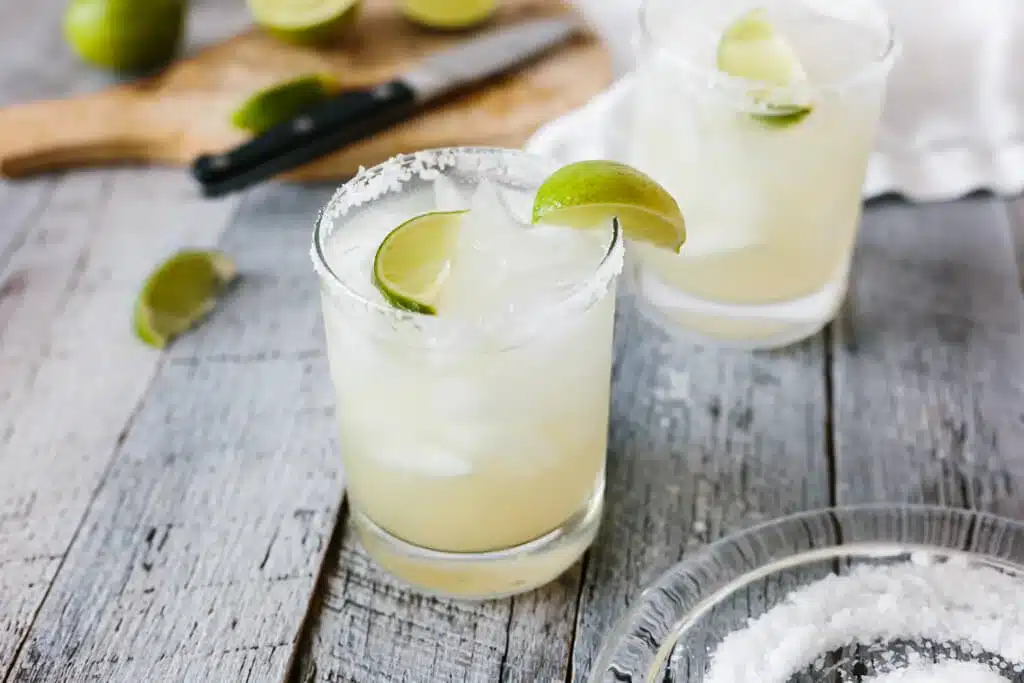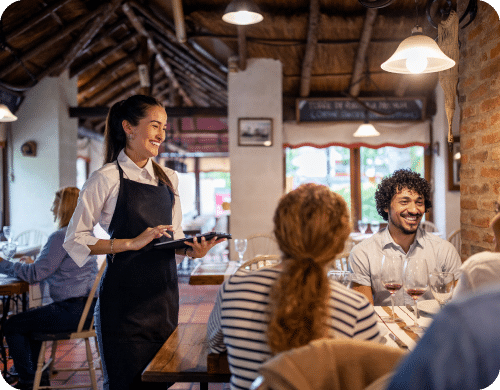70% of Americans plan to celebrate Cinco de Mayo. Are you ready?
History of Cinco de Mayo
There is a popular misconception that Cinco de Mayo, or the fifth of May, is Mexican Independence Day. But it is actually only commemorating the victory of a single battle; the Battle of Puebla during the Franco-Mexican War. While it is a relatively minor holiday in Mexico, in the United States Cinco de Mayo has evolved into a commemoration of Mexican culture and heritage, particularly in areas with large Mexican-American populations.
Cinco de Mayo by the numbers
The National Today data science team surveyed 1,000 Americans about their Cinco de Mayo plans and these are the top seven ways they will be celebrating in 2022.
- 59% of Americans eat Mexican food
- 32% of Americans drink margaritas
- 20% of Americans celebrate Mexican culture
- 17% of Americans drink Mexican beer
- 14% of Americans have a house party
- 8% of Americans read up on Mexican history
- 8% of Americans go clubbing or bar hopping
With so many Americans looking to celebrate, now is a good time to plan out a strategy for your restaurant to cash in on the party. No matter what type of cuisine you serve, a Mexican themed special might be a crowd pleaser. But since there is most likely no historical data to help you order or prep correctly, that could be a risky experiment.
However, knowing that the USA can consume about 127 million liters of tequila and mezcal on May 5, offering popular tequila cocktails might be another option to get customer in your door.
History of Tequila
Before we start serving up tequila-based cocktails, let’s take a look at the origins of tequila. Many believe that the Spanish invasion of the Aztec civilization in the 1500s marks the beginning of a distillation process used for the agave plant to make tequila. By the early 1600s the Marquis of Altamira (a Spanish nobleman) built the first large-scale distillery in what is now Tequila, Jalisco. Jalisco is where the majority of tequila is produced to this day. In 1758, the Cuervo family began distilling tequila and in 1873, the Sauza family followed.
By 1974, the term “tequila” was declared as the intellectual property of the Mexican government. This means tequila needs to come from certain areas of Mexico in order to be considered legitimate tequila and the Tequila Regulatory Council was established to uphold the quality and culture surrounding the liquor.
Technically, tequila falls under the umbrella term “mezcal” because mezcal is simply the name for any liquor made from agave. But to be classified as tequila, the liquor has to be made from at least 51% blue agave, while mezcal can be made from other types of agave like tobalá, tobaziche, tepeztate, arroqueño, and espadín, according to Food & Wine, Creating quite a different flavor profile. And you’ll never see a worm at the bottom of a tequila bottle, that’s thought to be a marketing ploy for mezcal.
Simple tequila cocktails
Sure, margaritas are the perfect drink for Cinco de Mayo, but why limit yourself when there are simple recipes that are quick to make and most likely use inventory you already have on-hand. Some are so good that you might find yourself serving them all year long.
Ranch Water
- 3 ounces blanco tequila (or mezcal)
- 5 ounces of fresh lime juice
- Topo Chico
- Fresh lime wedge for garnish
- Serve over ice
Cantarito
- 5 ounces tequila (or mezcal)
- ½ ounce lime juice
- ½ ounce lemon juice
- ½ ounce orange juice
- 4 – 6 ounces grapefruit soda, to taste (If you do not have this on hand, you can double the amount of fresh grapefruit juice, then top with club soda and add a splash of simple syrup)
- Fresh lemon, lime, or orange wedge for garnish
- Serve over ice
Paloma
- 2 ounces tequila (or mezcal)
- 2 ounces fresh grapefruit juice
- 2 ounces sparkling water
- ½ ounce lime juice
- ¼ ounce agave nectar or simple syrup
- Fresh grapefruit wedge for garnish
- Serve over ice
Tequila Sunrise
- 2 ounces tequila (or mezcal)
- 4 ounces orange juice
- Serve over ice
- ¾ ounces grenadine syrup poured gently over the top
Tequila and Pineapple Juice
- 2 ounces blanco tequila (or mezcal)
- 3 ounces pineapple juice
- Fresh lime wedge for garnish
- Serve over ice
How to price your tequila cocktails
To price your tequila cocktails, use this formula:
- Calculate the cost of each ingredient and add them together.
- For example, for the tequila and pineapple juice of 2 ounces of blanco tequila, 3 ounces of pineapple juice, and lime wedge.
- You can find these costs by dividing the purchase costs of the bottle by the ounces in it. An example for the tequila would be $22 purchase cost / 25 oz. per bottle = $0.88 per ounce.
- For the pineapple juice it would be $8 purchase cost / 64 oz per can = $.13 per ounce.
- Lime wedge, we’ll just use a flat rate of $0.05 for this example
- Choose a desired profit margin. The industry standard for liquor drinks is about 20% of the drink price, depending on your clientele and competition.
- Divide the cost of your ingredients by the desired profit margin. Multiply the number from the ingredients by 5 (if you choose to use the 20% profit margin).
So, for the tequila and pineapple juice cocktail, it could look something like this:
2 ounces tequila $1.76
3 ounces pineapple juice $0.39
Garnish $0.05
Subtotal $2.20
When you add the 20% profit margin the drink total will be $11 but remember this can vary based on your clientele and competition.
How to make your cocktails more profitable
Fluctuating quantities and recipes can make controlling inventory difficult. To remedy this, many restaurants have specific measuring tools to keep bartenders from “eyeing it” or overpouring for friends, family, or regulars. A great tool to prevent this are jiggers. A jigger is a double-sided measuring device bartenders use to increase the accuracy of their pours. A jigger dispenses a perfect 1.5 oz or 1 oz pour, depending on which side the bartender uses. They are a huge help when it comes to controlling inventory and can help prevent monetary damage that is associated with over pouring.
Are you ready to take control of your liquor costs? Curious about your profitability per drink recipe? The use of restaurant analytics to help you get a detailed look at your profitability is one of the key elements of a successful restaurant. It drives strategic decisions regarding operations to improve your bottom line.
Restaurant365 is an all-in-one restaurant management system incorporating reporting tools, restaurant accounting software, restaurant operations software, inventory management software, payroll + HR software, and scheduling software into a cloud-based platform that’s fully integrated with your POS system, as well as to your food and beverage vendors, and bank.



